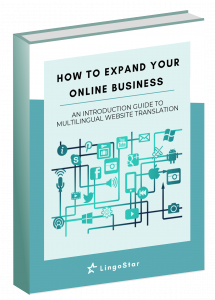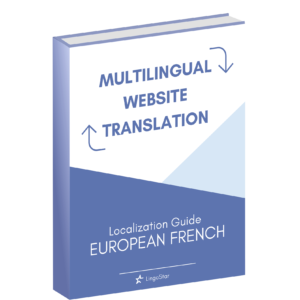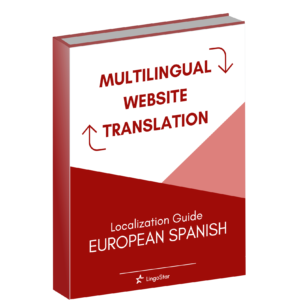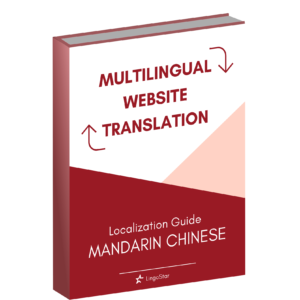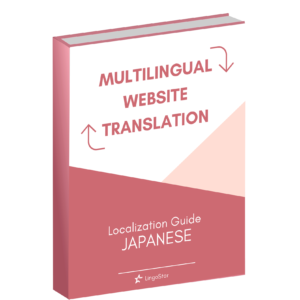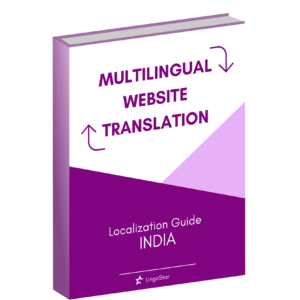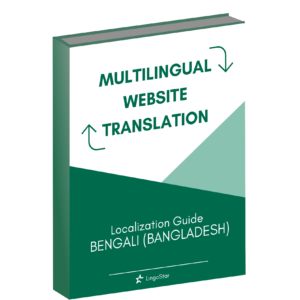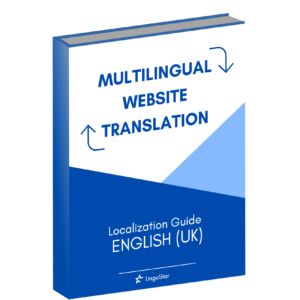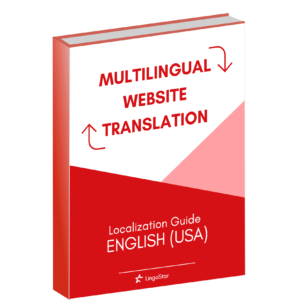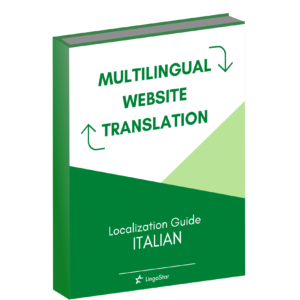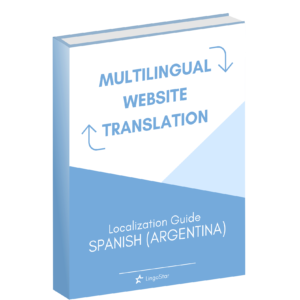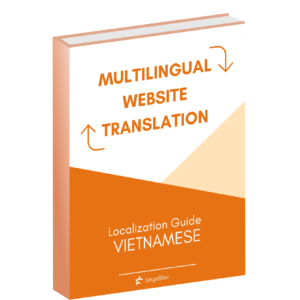The perception of video captioning on social media
If you’re scrolling through your phone and watching reels without sound, you can still follow along because most creators include captions.
Audio is rarely essential for audiovisual content. Nowadays, every video on Instagram, TikTok, or even on YouTube reels has captions incorporated.
Captions can be translated using the same automatic transcription and translation that we see on YouTube videos. But translations or transcriptions are not always accurate! This can happen if the video lacks clear audio. Even when the audio quality is good, the transcription may struggle to match the sentence structure, so humour may be lost in the literal translation. However, users can make small manual adjustments if needed.
Cross-cultural communication at hand
Captions can help bridge language barriers, allowing non-native speakers to understand sociological discussions and research findings. A great expert on media communication, Richard Grusin affirmed that media technologies construct and mediate experiences, leading to a new reconfiguration of how we understand certain concepts. Read The Future of Translation: Bridging Tradition and Innovation to learn how technology is leading to changes in the translation industry.
Many applications offer the possibility of adding captions to videos (CAPCUT or iMovie for iOS) instantly, even in real time while the speaker is speaking. The creator will spend more time thinking about what to say rather than editing the video because these applications simplify many of the processes.
This is a more efficient way of working because you only need to fine-tune the video script that has already been translated.
Adding captions to reels as a means of accessibility and awareness
Why add captions to reels? Captioning is a crucial step in creating more inclusive digital content. Individuals who are deaf or hard of hearing can engage with sociological content, promoting inclusivity in educational and social discussions (https://lingo-star.com/what-does-accessibility-mean-in-the-field-of-translation/).
Captions also play an important role in conveying meaning in various contexts, such as:
- Humorous or informal content: Short videos often contain playful phrases that require clear translation to ensure the humour lands correctly.
- Video games: These often contain dialogues that benefit from subtitles, making the content more accessible to a wider audience.
- Abbreviations and terminology: Institutional or professional terms may vary by country or context, so captions can help clarify specific references.
An influencer, audiovisual company or independent entrepreneur can use captions to explain what they are saying in the audio, especially for scientific or niche topics that require specific terminology. Contextual accessibility is becoming increasingly important, particularly for professionals working with social media. What works for one user may not work for another, so it is important to find the best approach for each specific situation or topic you want to address.
LingoStar captioning and subtitling services
Our LingoStar Team can help you with captioning, subtitling and/or translating your video script! Choosing LingoStar subtitle translators to create your captions ensures that your content is of the highest quality in terms of linguistic clarity.
Need more information on how to manage multilingual translations? Check out our Beginner’s Guide to Multilingual Website Translation. This ebook is designed for individuals and businesses that want to expand their business internationally and build a strong online presence.
To keep up-to-date with interesting language and localization topics, sign up for the LingoStar monthly newsletter.


